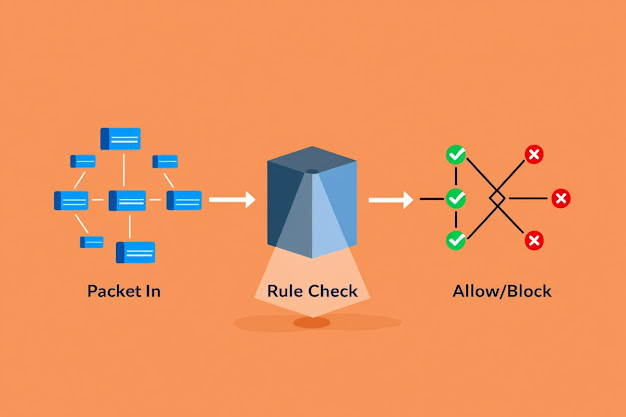Two-Factor Authentication: Why It's No Longer Optional in 2025
In today’s fast-moving digital world, securing your online identity is no longer just a matter of creating a strong password. As cyberattacks become more sophisticated, relying solely on a password puts your accounts, your data, and your business at serious risk. That’s where two-factor authentication (2FA) comes in.
Two-Factor Authentication: Why It's No Longer Optional in 2025
Two-factor authentication adds a second layer of protection to the login process. Instead of just something you know (like a password), it requires something you have (such as your phone) or something you are (like a fingerprint). This small extra step makes it significantly harder for hackers to access your accounts—even if they manage to steal your password.
What Exactly Is 2FA?
2FA is a form of identity verification that combines two different types of credentials. It might be:
-
A one-time code sent to your mobile device
-
A push notification requiring approval
-
A fingerprint or facial recognition
-
A physical security key
By combining two factors, you create a barrier that is extremely difficult to bypass without physical access to your device or biometric identity.
Why You Should Start Using Two-Factor Authentication
There are several compelling reasons why individuals and businesses should implement 2FA immediately:
-
Stronger Security: Even if your password is stolen, the second factor blocks unauthorized access.
-
Ease of Use: Many 2FA options today are user-friendly. Push notifications and authenticator apps make the process fast and intuitive.
-
Widespread Availability: Major platforms like Google, Facebook, Microsoft, and financial institutions already support 2FA natively.
-
Reduced Risk of Phishing: Even if a hacker tricks you into revealing your password, they still can’t log in without the second factor.
-
Better Compliance: Many industries require two-factor or multi-factor authentication to comply with data protection laws like GDPR, HIPAA, or PCI-DSS.
Common Types of 2FA Methods
Not all 2FA methods are the same. Here are the most popular and reliable options:
1. SMS Verification
You receive a one-time code via text message. While convenient, this method is slightly more vulnerable to SIM-swapping and should be combined with strong account recovery settings.
2. Push Notifications
Authenticator apps like Google Authenticator or Microsoft Authenticator send a prompt directly to your phone. You approve or deny the login with a single tap.
3. Hardware Tokens
USB keys or smart cards generate rotating codes. Although less common among general users, they are still preferred in high-security industries.
4. Voice-Based Authentication
Some systems offer authentication via an automated voice call where you confirm your identity using keypad input or voice recognition.
How to Set Up Two-Factor Authentication
Most modern platforms make it easy to enable 2FA. Here’s how to get started:
-
Use your phone's security settings: Many devices support built-in 2FA options.
-
Download an authenticator app: Google Authenticator, Microsoft Authenticator, and Authy are good options.
-
Follow platform instructions: Whether it’s email, social media, or banking, go into your account settings and look for "security" or "2-step verification".
-
For businesses: Implement 2FA using identity management tools like Azure AD, Okta, or OneLogin.
2FA vs. MFA: What's the Difference?
It’s easy to confuse two-factor authentication (2FA) with multi-factor authentication (MFA), but there’s a subtle distinction:
-
2FA requires exactly two forms of verification.
-
MFA includes two or more, and may involve three or more layers, such as biometrics, location, or behavioral patterns.
While 2FA is a subset of MFA, MFA is often used in highly regulated or high-risk environments such as healthcare or government.
Why It Matters Now More Than Ever
The truth is, no one is immune to cyber threats. Whether you're an individual user, a freelancer, a startup founder, or an IT administrator at a large company, enabling 2FA is one of the most impactful steps you can take to improve your security posture immediately.
To learn more about how 2FA works and how to implement it effectively, read the full guide here:
What Is Two-Factor Authentication? A Complete Guide to 2FA Security
For more actionable tutorials and expert tips on cybersecurity, visit the homepage of Softbuzz.net — where we help users of all levels stay informed, protected, and digitally empowered.



Nhận xét
Đăng nhận xét